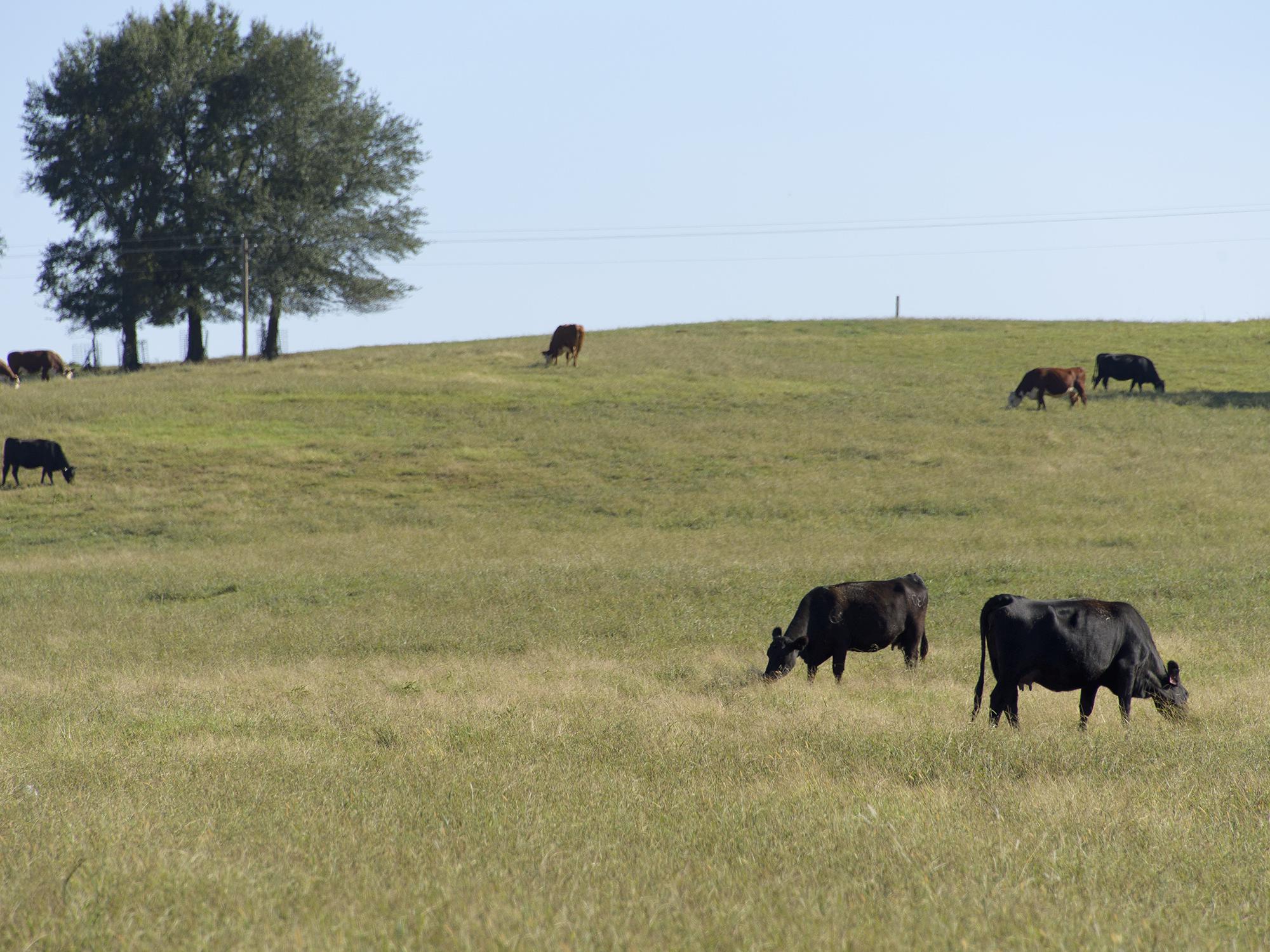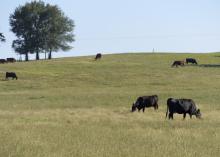Information Possibly Outdated
The information presented on this page was originally released on September 30, 2016. It may not be outdated, but please search our site for more current information. If you plan to quote or reference this information in a publication, please check with the Extension specialist or author before proceeding.
Cattle prices falter despite good news
STARKVILLE, Miss. -- News that China is lifting a 13-year import ban on U.S. beef is not helping prices as much as some cattlemen would have hoped.
Brian Williams, agricultural economist with the Mississippi State University Extension Service, said the news has not resulted in any long-term impact on cattle markets.
“China was already importing beef from the U.S., primarily on the black market through neighboring countries,” he said. “The only difference we may see is a shifting in the destination of our exports, with more going directly to China and less going to its neighbors that would have otherwise ended up in China anyway.”
China initially put the ban in place after a cow in the U.S. tested positive in 2003 for Bovine spongiform encephalopathy, commonly known as mad cow disease. The Chinese government was slow to lift the ban.
Williams said reports recently released by the U.S. Department of Agriculture suggest that cattle supplies are strong. The Cattle on Feed report provides the total number of cattle heading to slaughter in the U.S. as of Sept. 1. It also gives the total number of cattle placed on feed in August and the total number of cattle going to slaughter in August.
“Placements totaled almost 1.9 million head, an increase of just over 15 percent from the previous year,” he said. “Cattle marketed in August totaled 1.868 million head, up 17.63 percent compared to last year.”
Williams said the large year-over-year increases in placements and numbers going to market could startle industry watchers.
“When we dig a little deeper, there were two extra business days in August 2016 compared to August 2015. Those extra days make up a significant chunk of the increase in volume,” he said.
Williams said Mississippi’s 500- to 600-pound feeder steers are averaging $1.17 per pound, which is quite a bit lower than a year ago, when they were trading for $1.95 per pound. Feeder cattle futures are following a similar trend, with November feeder cattle futures trading for $1.23 per pound compared to $1.81 a year ago.
Brandi Karisch, Extension beef cattle specialist, said when prices go down, producers should become more committed to best management practices. These practices include improved genetics, backgrounding calves before sale, and preconditioning, which includes vaccinating and deworming cattle, as well as castrating bull calves.
“When the markets are strong, all cattle typically sell well, but when prices waver, the quality cattle are more valuable, and the price separation becomes wider,” Karisch said.
As winter approaches, cattle producers turn their attention to forage concerns. Most of the state has had ample rain for pasture growth and hay production.
“We have drought conditions in some areas, primarily Monroe County and the counties surrounding it,” she said. “Those producers are facing a shortage of grass going into the dormant period. Fescues and ryegrasses are not coming up yet, and that will hurt fall and winter grazing that they typically depend on.”
Mississippi beef cattle and calves had a $448 million value of production in 2015. Beef was the state’s fourth largest agricultural commodity, behind poultry, forestry and soybeans.






